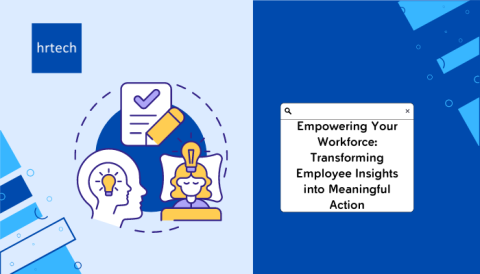The COVID-19 pandemic forced many companies to rapidly shift to remote work. As we enter 2024, remote and hybrid work environments are here to stay. Managing distributed teams virtually comes with its own set of challenges. As hr technologists with expertise in remote work technologies and best practices, we have valuable insights to offer.
In this blog post, we will provide a comprehensive guide on how leaders can effectively manage remote teams. Based on extensive research and real-world experience, we will cover best practices around communication, collaboration, goal setting, performance management, and more.
Rise Of Virtual Teams:
A Gartner survey found that 82% of company leaders plan to allow employees to work remotely at least some of the time after the pandemic, up from 30% pre-COVID. Remote work is undoubtedly the future of work. The onset of remote work saw its fair share of struggles – lack of collaboration, idle times, miscommunication, to name a few. However, as leaders and organizations learned and adapted, remote team management has greatly matured over the past couple of years.
Communication Is Key:
Over-communication is key in a virtual workspace. Since non-verbal cues are absent, team members should communicate extensively through instant messaging, emails, voicemails, and video conferencing.
As hr technologists, we recommend the following best practices:
-
Schedule regular team sync-up calls – at least once a week. Have an open discussion to touch base on completed tasks, roadblocks, upcoming goals, etc.
-
Encourage impromptu communication through instant messaging. Maintain open IRC chats where employees can clarify doubts, discuss ideas, or simply bond.
-
Establish communication etiquette, such as using emojis and GIFs to convey tone, adding descriptive subjects to emails, using video for complex explanations, following up verbal conversations in writing, etc.
-
Document all key discussions, decisions, etc. Maintain wiki pages, knowledge bases, meeting transcripts, etc. for reference.
Collaboration is Vital:
Lack of physical proximity and water cooler conversations can hinder collaboration. Managers need to proactively promote collaboration through the right tools, processes, and incentives.
Some best practices include:

-
Maintain a shared virtual whiteboard for real-time collaboration. Miro, Mural, Stormboard are great options.
-
Store all data, files, documents in a shared cloud-based workspace like Dropbox Paper or Google Workspace.
-
Use project management tools like Trello, Asana, Jira for task allocation, status tracking, and coordination.
-
Promote team bonding activities virtually through games, competitions, Netflix watch parties, etc.
-
Leverage technologies like Slack, Microsoft Teams, Zoom for enabling quick conversations.
-
Reward collaborative efforts and call out great teamwork.
Set Crystal Clear Goals:
Transforming HR through Agile Workforce Solutions
Goal setting is challenging enough for collocated teams. But the complexity increases multifold for remote teams. Leaders need to put in extra effort to ensure everyone understands priorities and objectives.
Our top goal setting tips are:
-
Co-create goals collaboratively with the remote team and not in isolation. Leverage tools like Google Jamboard for real-time brainstorming.
-
Break down bigger goals into long-term & short-term milestones with clear owners and timelines.
-
Benchmark goals to quantitative metrics as much as possible – revenue targets, customer acquisition goals, Net Promoter Score, etc. Qualitative goals should also be defined for culture, collaboration, hr innovation, etc.
-
Over-communicate goals through company meetings, emails, messaging, intranet, etc. Have employees acknowledge understanding of goals.
-
Revise goals periodically based on changing business priorities, market reactions, and other external factors.
Get Performance Management Right:
Measuring individual and team performance objectively is one of the toughest challenges in remote team management. It demands a change in mindset for leaders to start measuring outputs rather than effort and time spent.
Here are some performance management best practices:
-
Maintain a shared KEI dashboard with key efficiency indicators tailored to each employee and team, including sales numbers, ticket resolution time, NPS scores, etc. Make it transparent to everyone.
-
Gather employee feedback frequently through quick pulse surveys. Act upon feedback areas with low scores.
-
Audit productivity by analyzing activity in online tools. As hr technologists, we can help with such analysis.
-
Encourage peer-to-peer feedback and introduce tools like Lattice, Betterworks to facilitate the process.
-
Do one-on-one coaching and mentoring sessions focused on career growth and skills development.
Mastering remote team management takes effort but pays rich dividends. Remote teams have the potential to be more productive, engagement strategies, and innovative once they get into the groove. The best practices we shared as hr technologists with hands-on expertise will hopefully help leaders succeed in virtual team leadership. Do share any other tips that have worked for your distributed teams. Let’s keep the conversation going!





